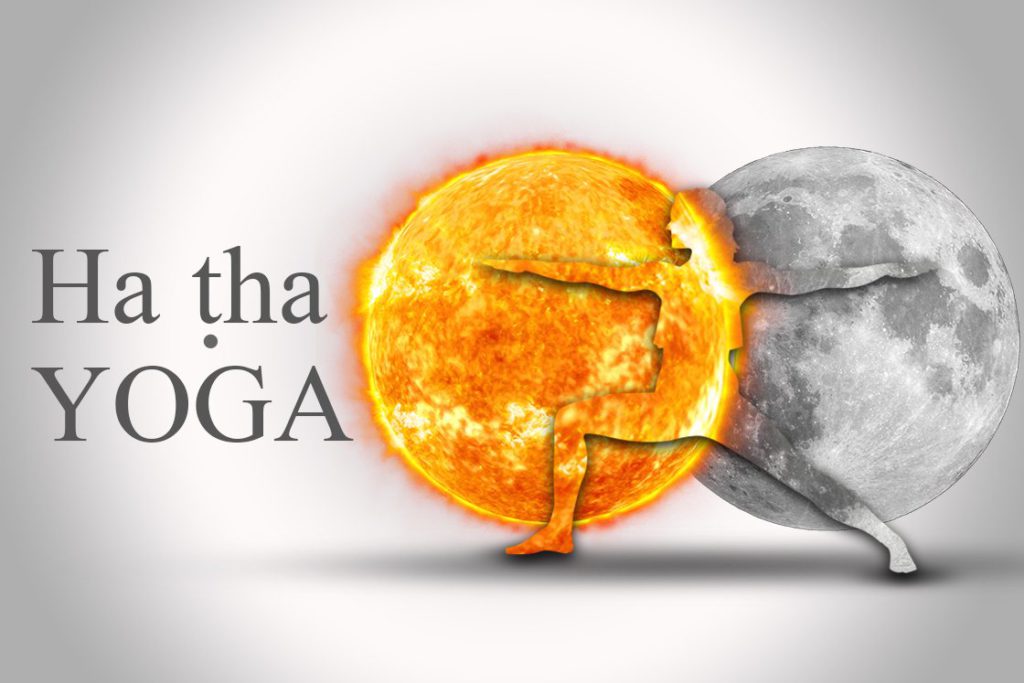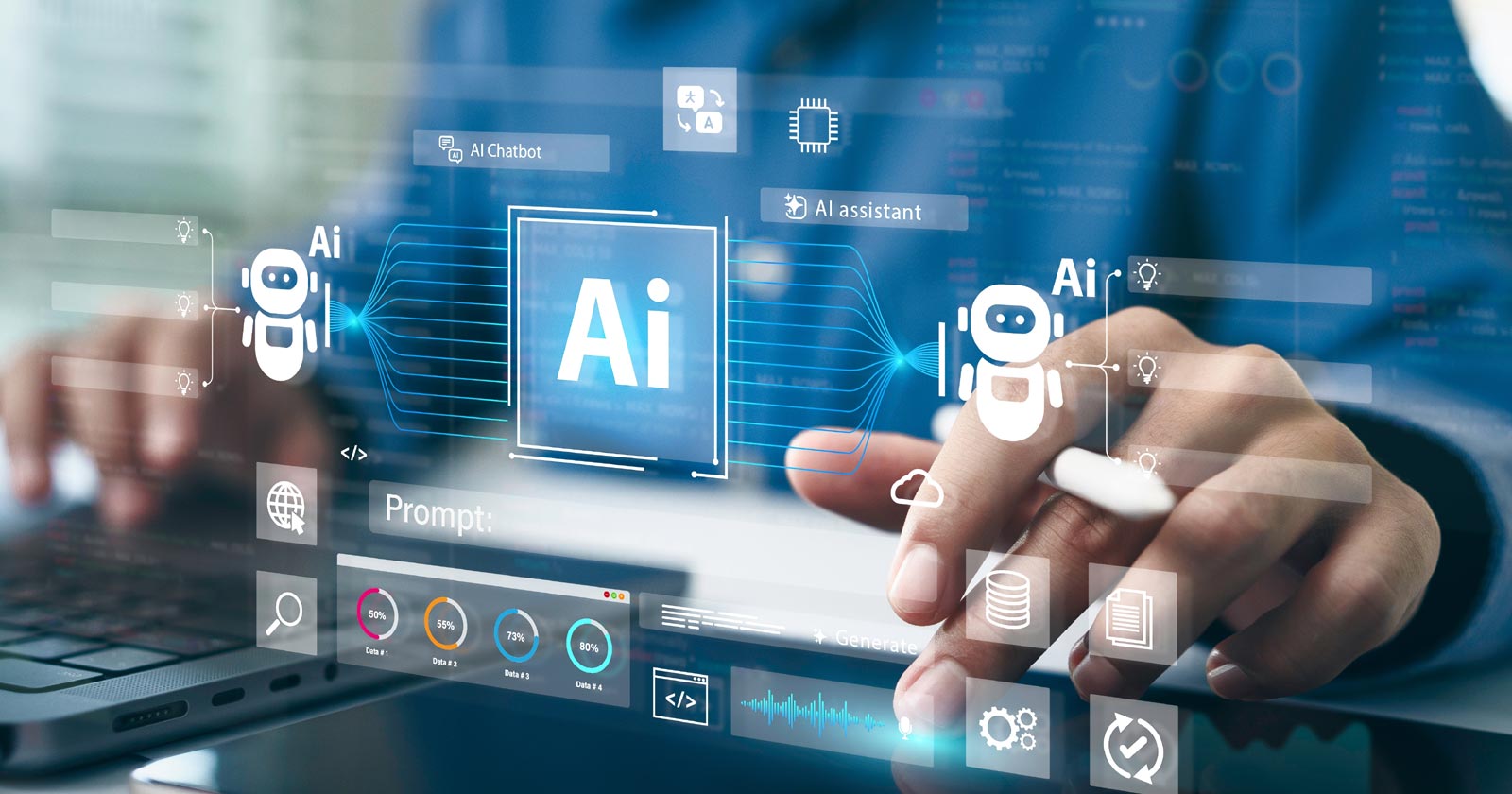Bud Light’s big football marketing bet—is it enough to save the brand?
As sales losses look increasingly permanent, the brand looks for a rebound behind expensive NFL and college football marketing.

Even as the fallout from the Bud Light boycott increasingly looks like permanent damage, the brand is pouring millions into newly launched NFL and college football marketing programs.
Football season is a crucial period for domestic beer brands—arguably, none more so than Bud Light, which enters this season badly in need of a win. The Anheuser Busch InBev-owned brand has been under siege since an April 1 promotion with transgender influencer Dylan Mulvaney unleashed a stubborn boycott from conservative Bud Light drinkers. Retail sales have fallen between 25% and 30% since then.
The brand’s NFL and college football programs—which include new creative, custom cans and packages, games, giveaways and special events—together represent “one of our biggest football seasons ever,” according to Todd Allen, VP of marketing for Bud Light. And while the company is optimistic about stabilizing trends in some states, it remains to be seen whether the spending can turn the tide.
Recent news: Bud Light’s NFL campaign begins as struggles persist
“Our focus remains on doing what we do best—creating great moments of easy enjoyment,” Allen said in emailed remarks. “Having been the official beer sponsor of the NFL for decades and building a legacy as one of the most recognized and influential sponsorships in sports, NFL season has always been a critically important time for Bud Light and our fans, and we’re excited for what the 2023 season has in store.”
Bud Light’s NFL push is anchored by a TV spot called “Easy to Sunday,” which focuses on gameday rituals of real fans and features “A Sunday Kind of Love,” as recorded by The War & Treaty. Different versions of the ad will run throughout the season to keep the campaign fresh, said Allen.
It amounts to a pricey investment, given NFL buys are the most expensive on TV. NBC’s “Sunday Night Football” drew an average of $828,501 per 30 seconds last season, for instance. Bud Light ran a 15-second version of the new commercial once during NBC’s broadcast of the NFL season debut last night and a 30-second version ran in pre-game, according to iSpot.
Veteran beer ad executive Marty Stock, who worked on AB InBev, Molson Coors and Constellation-owned beer brands such as Modelo, said he felt that Bud Light’s marketing has failed to inspire.
“They clearly don’t have a big idea and it shows,” Stock said. “The NFL montage work that’s out now features Bud Light in a very deliberate role as a backup to the NFL. It’s a fashion accessory rather than the driver of sociability. No news. No charm. No reason to re-engage with Bud Light. It’s wallpaper.”
“Running that work with $1 billion in media won’t do a thing,” he continued. “The catastrophic failure on the business causing this rapid descent won’t get fixed with uninspired montage work that’s straight out of 1999.”
Bud Light declined to share its plans for the Super Bowl, the most expensive ad buy of the year and one where the AB InBev brand has had a consistent presence for years.
Time and patience
David Carter, principal of the Sports Business Group and adjunct professor of sports business at the University of Southern California, said Bud Light could eventually find its way back, given time, patience and continued marketing support.
“It’s helpful to appreciate that time can heal most marketing wounds provided they are not compounded,” Carter said. “Over time, consistently and unambiguously redoubling authentic efforts toward core consumers should help. But, again, it will take time and considerable patience given the nature of the controversy and the substitutability of the product. To redirect marketing spend away from a flagship brand will be seen as a marketing surrender of sorts, further opening up opportunities—and shelf space—to competitors, potentially cementing a permanent decline.”
Benj Steinman, president of industry publication Beer Marketer’s Insights, said the Bud Light situation is “unprecedented” in the industry. As such, he was making no predictions as to what the newly launched NFL or college marketing programs can or cannot do for the brand.
“Bud Light’s summer marketing blitz had little effect on the trends, which continue down by 20% to 30% week in and week out, depending on which data set, Circana or Nielsen,” Steinman said. “The trends are very stubborn, slightly improving in some areas, but not much overall. The trends have stayed in that range for several months.”
More news: See Bud Light’s summer ad campaign
Competitor gains
Molson Coors-owned brands Coors Light and Miller Lite have been primary beneficiaries of the Bud Light share shift and their gains are being locked in through shelf resets at retailers this fall, company execs say. Coors Light’s sales volume was up by 25%, and Miller Lite’s up by 20%, for the 13 weeks ended Aug. 20, according to Circana data shared by Molson Coors.
Molson Coors CEO Gavin Hattersley said the company’s financial outlook reflects the assumption the share shift is permanent. “It’s been five months now, right? And whichever way you look at it—if you look at the rolling 13 weeks [or] every single week, the numbers are the same,” Hattersley said in remarks at an investor conference this week. “The trend has stuck. It’s sticky. It’s not changing.”
Meanwhile, Bud Light lost its longtime perch as the best-selling beer in the U.S. to Modelo Especial, a Mexican brand sold by Constellation Brands in the U.S. (Bud Light’s owner AB InBev sells Modelo outside of the U.S.)
Miller Lite and Coors Light are doing their own football tie-ins: Miller Lite is a lead sponsor of ESPN’s fantasy football app and Coors Light promotes its sponsorship of ESPN’s “College Gameday” on its packaging.
Analysts at Bernstein are modeling a “permanent” 20% hit to Bud Light volumes—up from 15%—but told investors last month that it was “time to move on from obsessing about Bud Light,” citing AB InBev’s “impressive” 7% organic revenue and favorable trends in Europe, the Middle East and Africa, reflected in the company’s second-quarter financial results.
“To be clear, Bud Light in the U.S. still matters and the scale and timing of a potential recovery are still critical to estimating the new normalized earning base. But it should not dominate the conversation,” Bernstein analysts said in a research note to clients.
One investor seemed to have gotten the message: The Bill & Melinda Gates Foundation Trust revealed in a securities filing this week that it had acquired 1.7 million AB InBev shares for almost $100 million.
AB InBev executives say Bud Light sales have stabilized in some areas and show signs of improvement. Allen pointed to “stable performance with positive momentum in states making up 79% of our mix improving,” citing Cicana data ended Aug. 27.
The metric cited by the Bud Light marketer puzzles some observers. “Those words ‘stable and ‘positive’ are not used in the ordinary meaning of the terms,” said Steinman.
‘A waste of money’
Bump Williams, president and CEO of the beverage alcohol industry consultant Bump Williams Consulting, believes the issue plaguing Bud Light is not transphobia or sexism but consumers who felt insulted by comments then-brand VP Alissa Heinerscheid made in a podcast, deriding the “fratty, out-of-touch humor” of Bud Light’s marketing past as it sought a younger and more diverse audience. Heinerscheid went on a leave of absence as the controversy heated up in April and the company has not commented on her current status.
“It has nothing to do with transgender. It has nothing to do with conservative vs. liberal or Republican vs. Democrat or man vs. woman or rich vs. poor,” Williams said. “When I look at local market data, I see California, a liberal state, is down double-digits on Bud Light. Iowa, a pretty conservative state, is down double-digits … That tells me it has nothing to do with transgender or blue and red. It’s a Bud Light problem.”
Figures from Engagement Labs tell a different story, showing that sentiment among Republicans for Bud Light fell from around 60% positive in April to less than 20% positive by June. Democrats remained 60% positive in both periods, Engagement Labs’ figures show. That suggests the brand has weathered criticism from progressive groups that accused Bud Light of not standing by Mulvaney. Some LGBTQ+ bars pulled AB InBev products in protest.
According to Williams, solving the problem involves more than appeasing customers but making amends with entities along the supply chain that have been damaged by the scandal, including retailers and distributors. Although AB InBev announced a plan to support its distributors in June, Williams called the effort insufficient.
“Every constituent that touches the Bud Light franchise—from the consumer, retailer, distributor, shareholder, board of directors, wholesaler advisory panel—none of them are happy. They’re not happy with the way that it was handled. They’re not happy with what I’d call responsiveness or sensitivity to the American beer drinker,” Williams said.
Williams said Bud Light should refrain from heavy marketing spend until entities like its distributor base are whole and customers are satisfied that the company has their interest at heart.
“Of the tens of hundreds of millions of dollars that AB InBev is committed to spend on college football or pro football, if the consumer is not there, if the consumer hasn’t forgiven you yet, then it’s a waste of money,” Williams said.
‘Easy to Drink’
The Mulvaney controversy disrupted what might have been a rebound year for Bud Light. The brand had just cast for fresh creative agencies and early this year debuted its “Easy to Drink, Easy to Enjoy” platform from Anomaly. The new positioning backed away from Bud Light’s long reliance on humor and presented a more grown-up take on the notion of “drinkability” that the brand had once pushed. The idea was to win younger and more diverse customers to stem a steady slide in sales, if not to grow the brand for the first time in more than a decade.
But much of the new work, which included a series of summer ads, has been overlooked in the controversy, and Anomaly was passed over for The Martin Agency for the “Easy to Sunday” NFL campaign.
AB InBev executives said last month that a survey of more than 170,000 consumers indicated 80% held favorable or neutral sentiment about Bud Light. And consumers regardless of sentiment want “to enjoy their beer without a debate,” AB InBev CEO Michel Doukeris said. Customers also want Bud Light to “focus on beer,” and associate with programs they love, like the NFL, Folds of Honor (which provides scholarships for families of fallen or disabled military servicepeople and first responders) and music, he said.
Bud Light is the official beer of 27 NFL teams. Its NFL program includes custom cans for 23 teams featuring logos and player images. The cans include a QR code fans can scan for information on how to win an NFL Sunday Ticket subscription from YouTube, and fan merchandise through Bud Light’s official merchandise partner, Fanatics.
The controversy has highlighted the substitutability of Bud Light, but customers aren’t going only to other premium domestic light beers, said Williams. Survey work his firm has undertaken notes that some former Bud Light drinkers are leaving the beer category entirely, going to spirits and spirits-based ready-to-drink beverages. Others are discovering growing beer brands such as Yuengling for the first time. And some Bud Light drinkers indicate they’ll come back, but only if the brand heavily discounts the beer.
Stock, the veteran beer ad exec, said more effective work would engage with multiple tiers of audiences. Most importantly, he said, “They have to execute work across channels that understand why people drink beer and what makes Bud Light different and more desirable.”

 FrankLin
FrankLin 






























